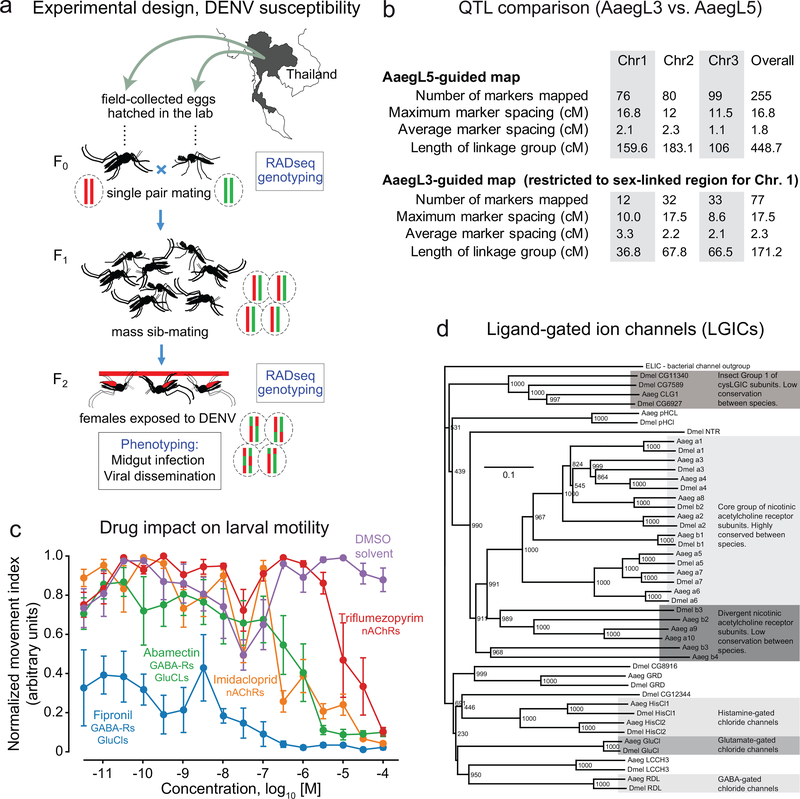Extended Data Figure 10 |. QTL analysis of Dengue competence in Ae. aegypti and cys-loop ligand-gated ion channels.
a, Schematic representation of the experimental workflow for testing Dengue viral competence in Ae. aegypti, related to Fig. 5b-d. b, comparison of QTL map density constructed against AaegL3 or AaegL5 assemblies. c, Concentration-response curves showing the impact on Ae. aegypti larval motility of insecticides currently used in veterinary and agricultural applications (mean ± S.E.M., n=7). d, Phylogenetic tree of cys-loop LGIC subunits for Ae. aegypti and D. melanogaster. The accession numbers of the D. melanogaster sequences used in constructing the tree are: Dα1 (CAA30172), Dα2 (CAA36517), Dα3 (CAA75688), Dα4(CAB77445), Dα5 (AAM13390), Dα6 (AAM13392), Dα7(AAK67257), Dß1 (CAA27641), Dß2 (CAA39211), Dß3 (CAC48166), GluCl (AAG40735), GRD (Q24352), HisCl1 (AAL74413), HisCl2 (AAL74414), LCCH3 (AAB27090), Ntr (NP_651958), pHCl (NP_001034025), RDL (AAA28556). For Ae. aegypti sequences see Supplementary Data 24. ELIC (Erwinia ligand-gated ion channel), which is an ancestral cys-loop LGIC found in bacteria (accession number P0C7B7), was used as an outgroup. Scale bar: amino acid substitutions per site.

